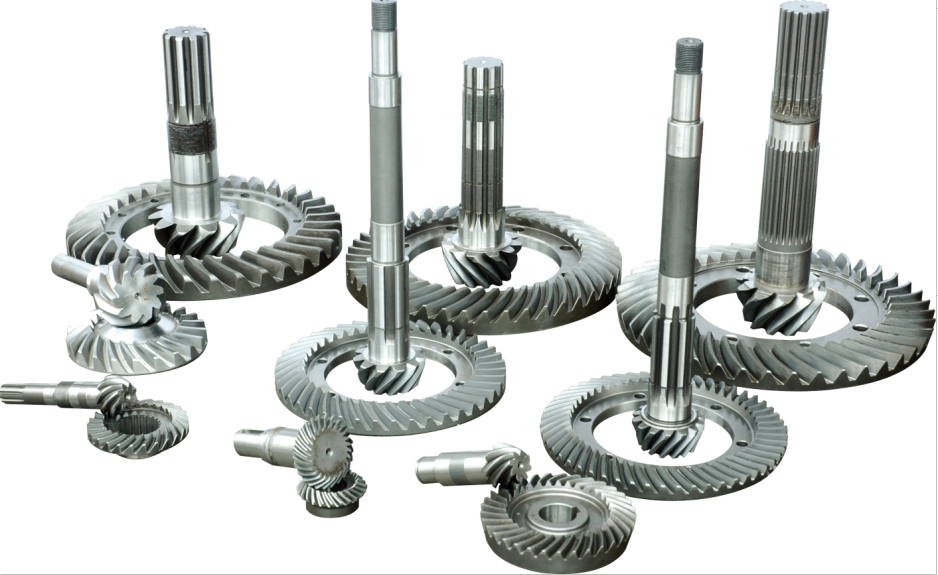
Worm gears are an important type of gear system that consists of a worm (also known as a worm screw) and a worm wheel (also known as a worm gear). Let’s take a closer look at the design, function, and performance of worm gears:
1. Design:
Worm gears consist of two main components: the worm and the worm wheel.
- Worm: The worm is a cylindrical shaft with a helical thread wrapped around it, known as the worm thread. The helical shape allows for smooth engagement with the teeth of the worm wheel. The worm is typically the driving component in the gear system.
- Worm Wheel: The worm wheel is a gear with teeth that mesh with the helical thread of the worm. The teeth on the worm wheel are typically perpendicular to the axis of the worm, resulting in a right angle configuration. The worm wheel is typically the driven component in the gear system.
2. Function:
The function of a worm gear is to transmit power and motion between the worm and the worm wheel.
- Power Transmission: When the worm rotates, its helical thread engages with the teeth of the worm wheel. This engagement transfers rotational motion from the worm to the worm wheel, resulting in power transmission. The worm gear system provides a speed reduction from the worm to the worm wheel.
- Motion Control: The helical design of the worm thread allows for precise control of the motion in a worm gear system. By rotating the worm, the speed and direction of the worm wheel can be controlled. The worm gear system offers the advantage of a high gear reduction ratio in a single stage, making it suitable for applications where precise motion control is required.
3. Performance:
Worm gears offer several performance characteristics that make them suitable for specific applications:
- Gear Reduction: Worm gears provide a high gear reduction ratio in a single stage. This allows for compact designs and simplifies the transmission system by eliminating the need for multiple gear stages.
- Self-Locking: One unique characteristic of worm gears is their inherent self-locking capability. Due to the angle of the helical thread, the worm gear system prevents back-driving, meaning the worm cannot be easily turned by the worm wheel. This feature makes worm gears suitable for applications where it is essential to hold the load in place without the need for additional braking mechanisms.
- Efficiency: Compared to other gear systems, worm gears tend to have lower efficiency due to the sliding contact between the worm and the worm wheel teeth. However, the efficiency can be improved by using high-quality materials, proper lubrication, and optimizing the design and manufacturing processes.
- Load Capacity: Worm gears have excellent load-carrying capacity due to the larger contact area provided by the helical thread engagement. This makes them suitable for applications requiring high torque transmission.
- Quiet Operation: The sliding action of the worm gear system results in lower gear meshing noise compared to other gear types, contributing to quieter operation.
Worm gears are commonly used in applications such as lifting equipment, conveyor systems, steering mechanisms, valve actuators, and robotics, where their unique characteristics provide efficient power transmission, precise motion control, and self-locking capabilities.
